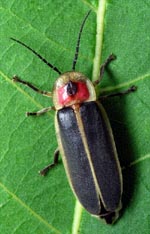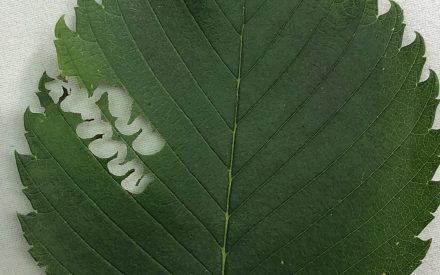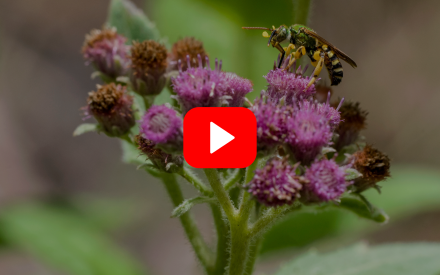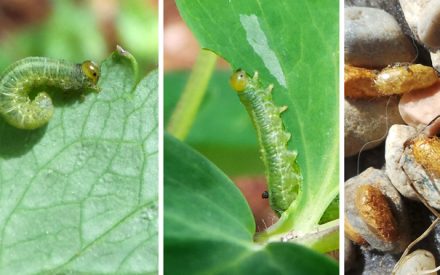
“Firefly” or “Lightning Bug” is the common name for nocturnal luminous insects that are neither flies nor bugs, but beetles belonging to the family Lampyridae. There are 23 genera and about 200 species of fireflies in North America, most of which are about an inch or less in length. There are many more tropical and subtropical species. In the U.S., fireflies are uncommon west of the Great Plains. Unlike most beetles which have hardened elytra (forewings), their elytra are soft and flexible.

The adults rest on foliage during the day and fly around between dusk and midnight. Females lay their eggs in the soil, particularly in damp places. The larvae that hatch from the eggs are carnivorous. The larvae of some species glow and are called glowwoms (but so are some wingless female fireflies and the larvae of another closely related beetle family, the Phengodidae). The larvae overwinter in the soil, then pupate the following spring and eventually emerge as fireflies.
Both male and female fireflies produce greenish-yellow to reddish-orange light light from special organs on the underside of the abdomen. The flashes are “cold light” because almost no heat is produced. The light is created when oxygen combines with a substance called luciferin in the presence of the enzyme luciferase, in special cells called photocytes. The rhythm and intensity of the flashes vary with the species and serve to identify males and females to each other. Synchronized flashing is characteristic of some species.

Most people are fascinated by how these insects produce light but we should also be aware that fireflies and their relatives are beneficial insects, in that they help to control pests. Although the adult stage is very familiar to most people, it’s actually the larval stage which is most beneficial. The larvae are active at night, usually on the soil surface or under vegetation, and so are often overlooked by most people. However, many are biolumenescent and therefore called glowworms. The larvae feed on things like snails and slugs, and also soil-dwelling insects such as cutworms.
Here in the United States firefly larvae are primarily terrestrial, and therefore beneficial as predators of crop and garden pests. In some tropical parts of the world there are also species that have aquatic larvae that prey on aquatic snails. These are thought to be important in helping control some human parasites that use snails as an obligate host in part of their life cycle.
So, when you see fireflies flashing, remember that they’re not just interesting, but also beneficial natural enemies!
– Dan and Susan Mahr, University of Wisconsin – Madison
February, 2025





 Elm Zigzag Sawfly
Elm Zigzag Sawfly ▶ Watch: How do Pesticides Affect Pollinators and Songbirds in Your Yard
▶ Watch: How do Pesticides Affect Pollinators and Songbirds in Your Yard ▶ Watch: Pollinator Gardens: Plant Selection and Garden Care
▶ Watch: Pollinator Gardens: Plant Selection and Garden Care Strategies for Identifying and Managing Insect Pests
Strategies for Identifying and Managing Insect Pests


